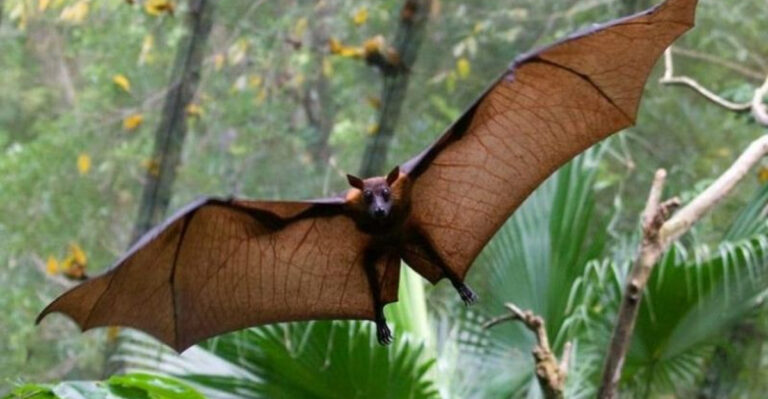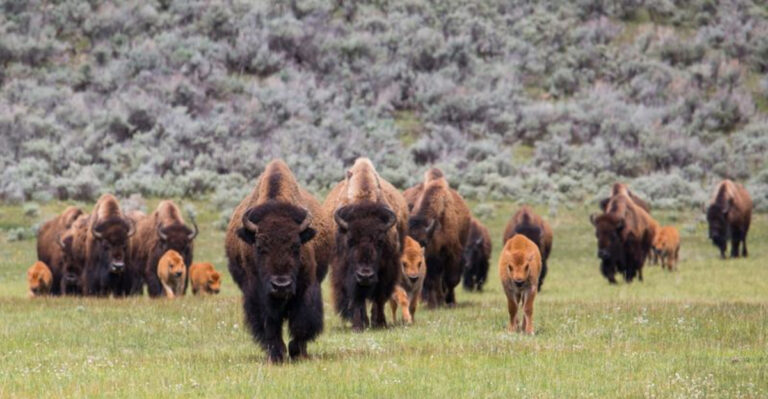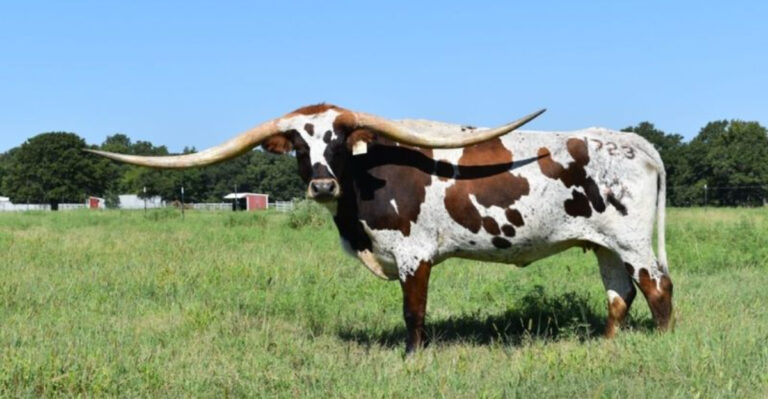16 Fascinating Facts About Why Birds Migrate Thousands Of Miles
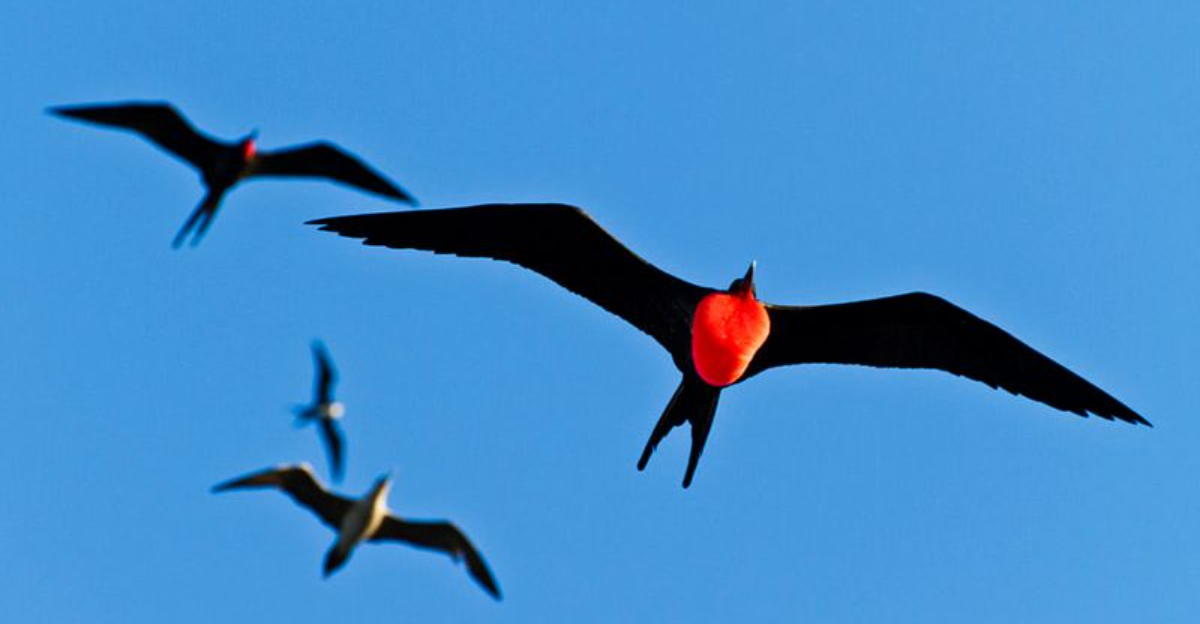
Every year, millions of birds embark on incredible journeys across continents and oceans. These marathon flights aren’t random wanderings but carefully timed migrations vital for their survival.
From Arctic terns circling the globe to tiny hummingbirds crossing the Gulf of Mexico, these winged travelers showcase one of nature’s most spectacular phenomena.
1. Food Drives Flight
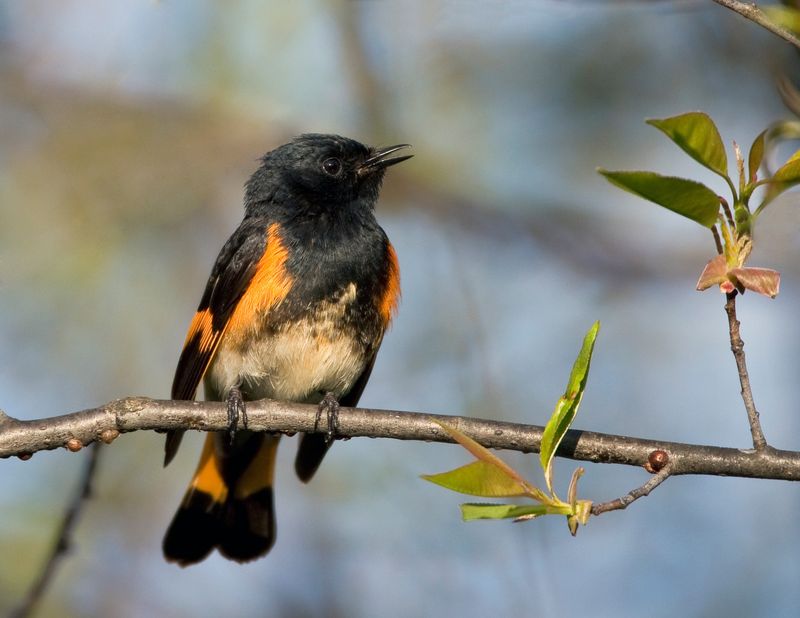
When winter approaches northern regions, insect populations plummet. Birds don’t hibernate, so they must follow the food supply southward.
Without migration, many species would simply starve during harsh winter months. Their journey isn’t a vacation – it’s a necessity for survival!
2. Magnetic Sense Navigation
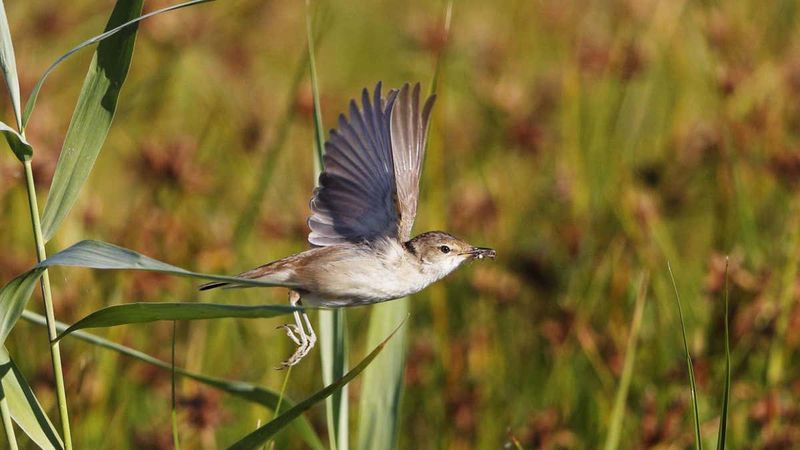
Tiny magnetic particles in birds’ beaks and eyes act like built-in compasses. These incredible biological GPS systems help them detect Earth’s magnetic field.
Scientists discovered some species can actually see magnetic fields as visual patterns overlaid on their normal vision. Imagine having a compass display built into your eyes!
3. Star-Guided Travel
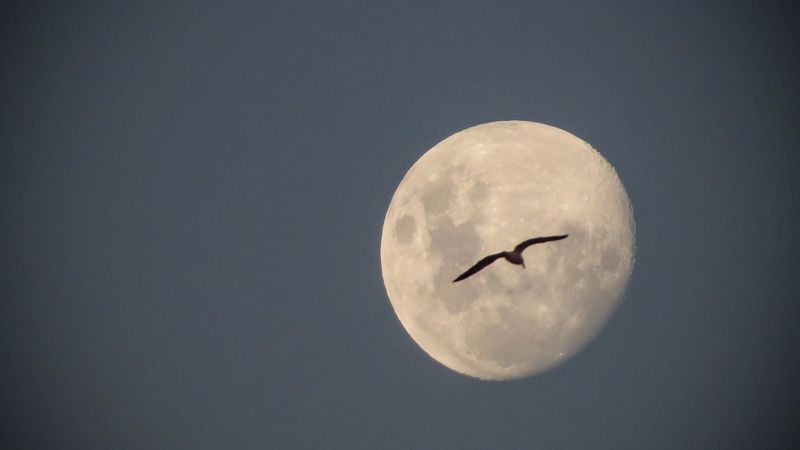
Nighttime migrants use celestial navigation like ancient sailors. The stars provide reliable reference points as birds fly through darkness.
Young birds study star patterns during their first months of life. Just like human children learning to read maps, baby birds must memorize the night sky before their first migration!
4. Landmark Memory Masters
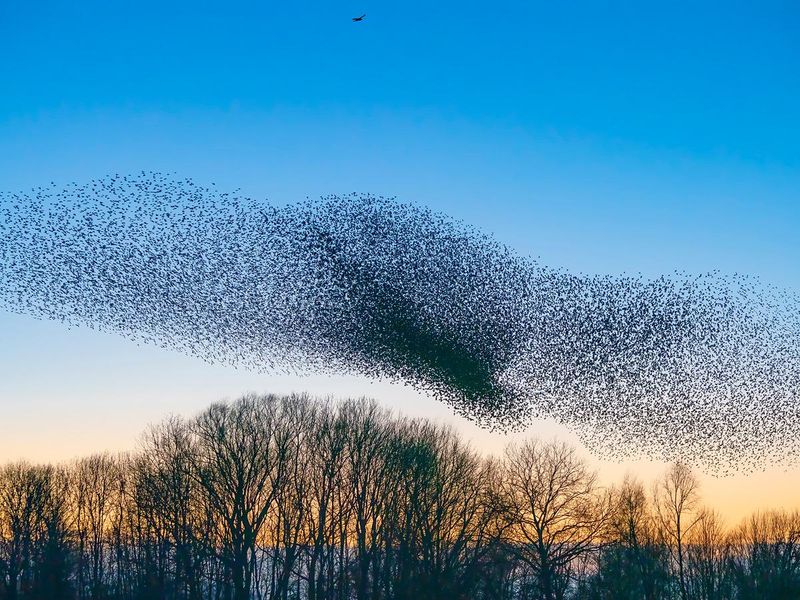
Mountains, rivers, and coastlines serve as aerial highways for traveling birds. Many species memorize these features with astonishing precision.
A study found that experienced migrants could recognize specific trees and buildings along their route. This photographic memory helps them find the exact same nesting spot year after year.
5. Body Transformation Specialists
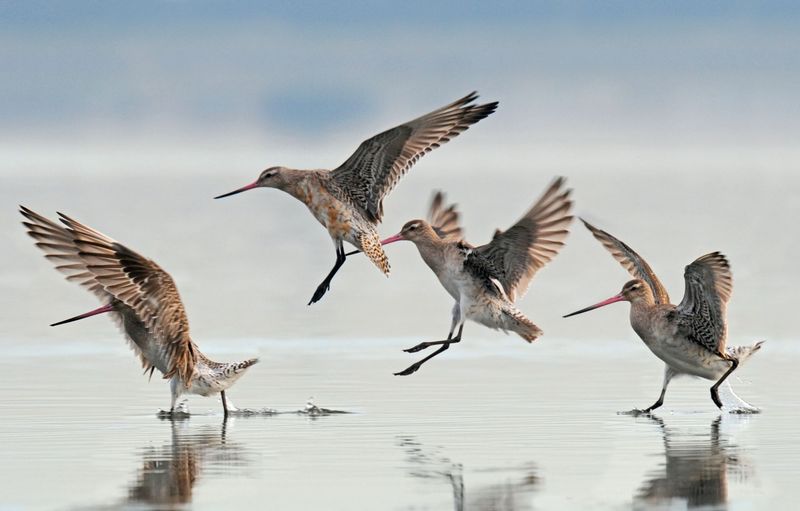
Before migration, birds undergo remarkable physical changes. Their flight muscles enlarge while digestive organs shrink to reduce weight.
Fat stores increase dramatically – some birds double their body weight! These biological adaptations transform average flyers into long-distance champions capable of crossing oceans without stopping.
6. Climate Change Detectors
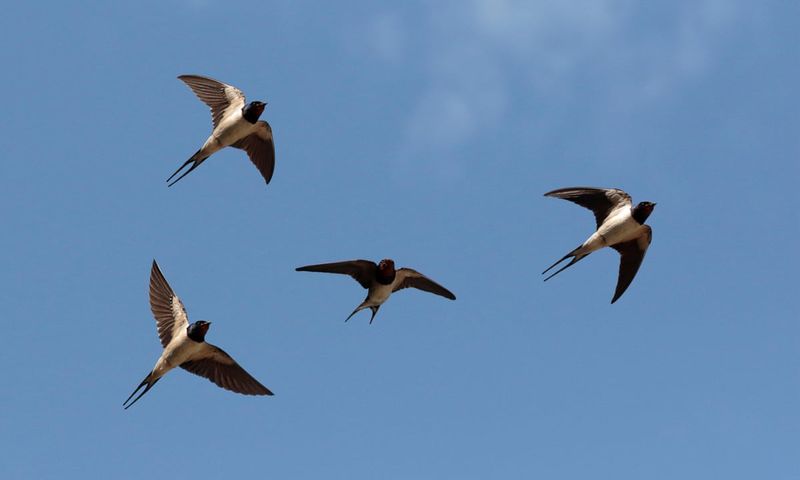
Birds possess uncanny sensitivity to barometric pressure and temperature shifts. These abilities help them predict weather patterns days in advance.
Sensing an approaching cold front triggers hormone changes that initiate migration. That’s why you might notice birds suddenly vanishing before a major storm – they knew it was coming!
7. Record-Breaking Journeys
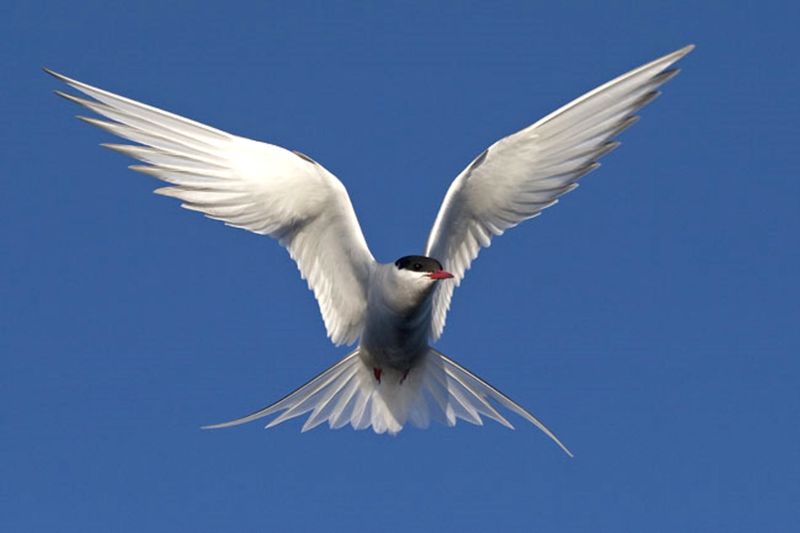
Arctic terns travel from pole to pole annually, covering 44,000 miles – the longest migration of any animal. That’s like circling Earth twice!
Bar-tailed godwits fly non-stop for nine days across the Pacific Ocean without food, water, or rest. Their heart rates remain elevated for over 200 hours straight during these marathon flights.
8. Altitude Champions

Bar-headed geese fly over Mount Everest at altitudes where oxygen levels would leave humans unconscious. Their specialized hemoglobin extracts oxygen from thin air with remarkable efficiency.
These high-flying migrants navigate jet streams and mountain weather systems that would ground commercial aircraft. Talk about extreme adventure travel!
9. Genetic Time Clocks
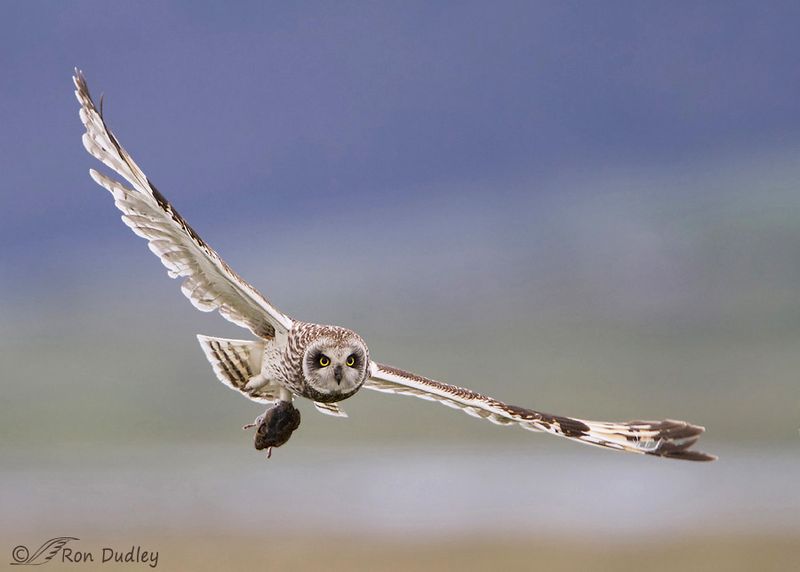
Internal biological clocks trigger migration urges even in captive birds. They become restless during normal migration seasons despite comfortable surroundings.
This phenomenon, called Zugunruhe, proves migration isn’t learned – it’s hardwired. Caged birds will instinctively face the direction they should be traveling and hop frantically when their wild counterparts begin migrating.
10. Childhood Learning Period
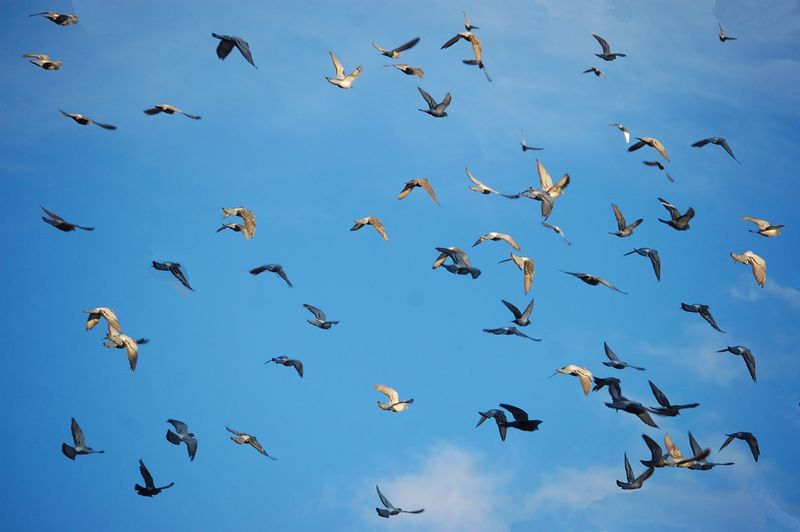
Young birds must memorize migration routes during their first journey south. They follow experienced adults, creating mental maps along the way.
Hand-raised birds released without this guidance often get lost. Some conservation programs now use ultralight aircraft pilots dressed as parent birds to teach orphaned chicks their ancestral migration paths!
11. Energy-Efficient V-Formations
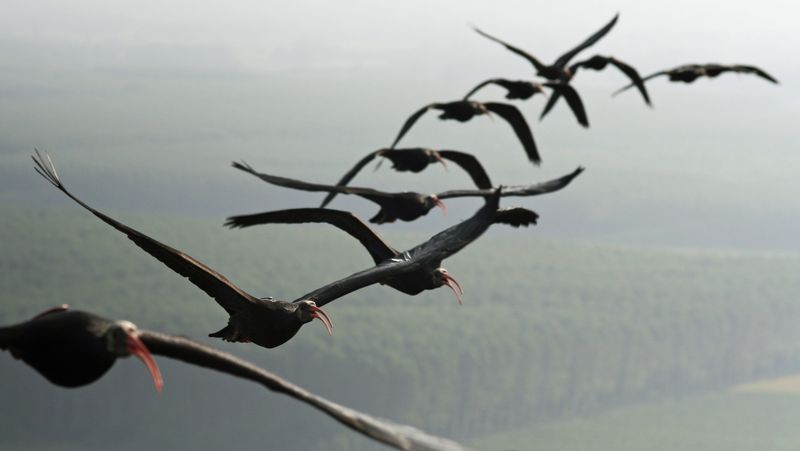
The iconic V-formation of migrating geese isn’t just for show – it’s brilliant aerodynamic engineering. Each bird catches upward lift from wingtip vortices created by the bird ahead.
This formation reduces energy expenditure by up to 70%. Birds take turns leading, sharing the most demanding position while others enjoy the energy-saving benefits of drafting.
12. Stopover Feasting Frenzies
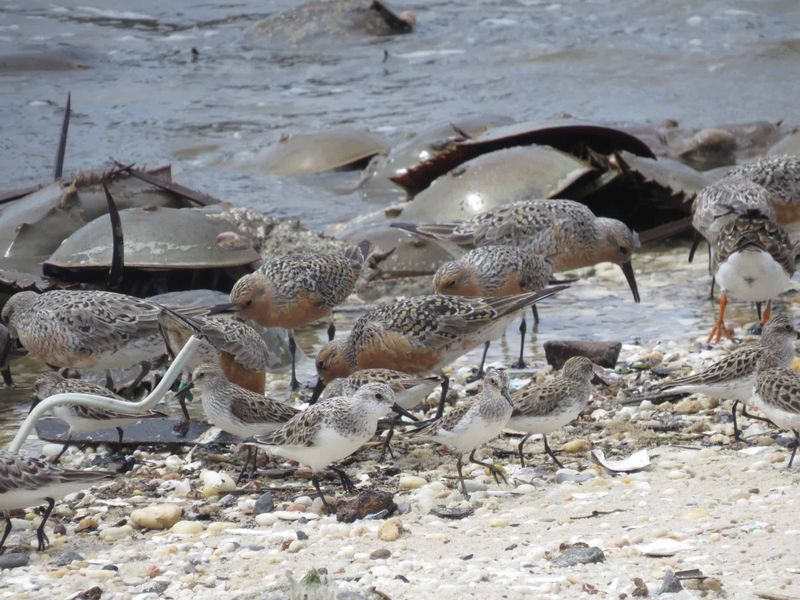
Critical refueling sites along migration routes become bustling bird buffets. Shorebirds can double their weight in just two weeks of intensive eating.
At Delaware Bay, thousands of red knots time their journey to coincide with horseshoe crab spawning. The protein-rich eggs fuel their continued flight to Arctic breeding grounds 2,000 miles away.
13. Breeding Ground Rush
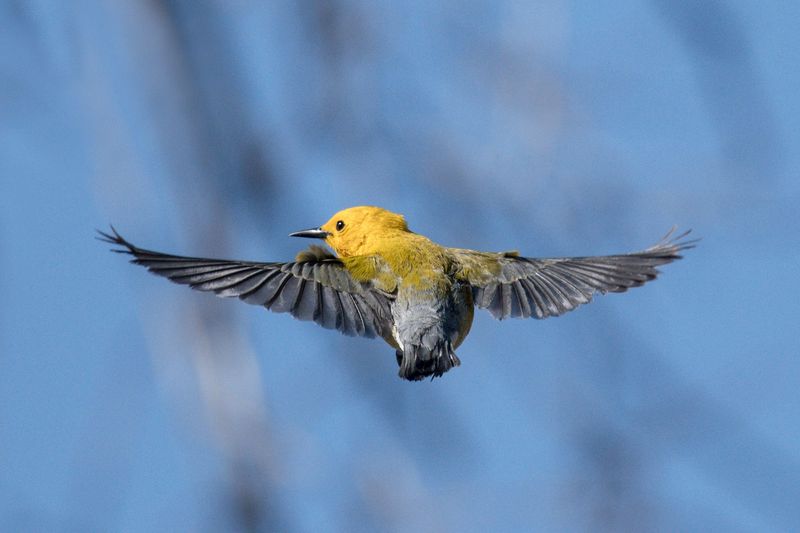
Spring’s northward migration is a race against time. Birds hurry to claim premium nesting territories and synchronize hatching with peak insect abundance.
Early arrivals get first pick of nesting sites and more time to raise young. However, arriving too early risks deadly cold snaps – a dangerous gamble many birds make each year.
14. Extreme Weight Fluctuations
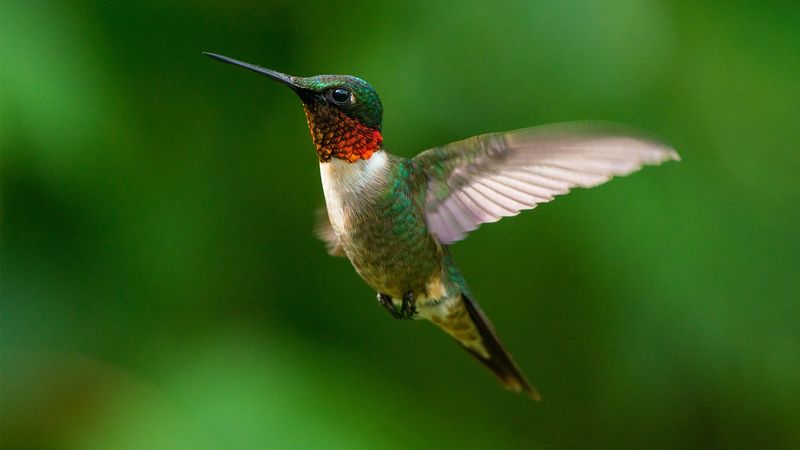
Ruby-throated hummingbirds weigh less than a penny yet cross the Gulf of Mexico in a single 20-hour flight. Before departing, they nearly double their weight from 3 to 6 grams.
During this 500-mile non-stop journey, they burn almost all their body fat. Imagine running 50 marathons back-to-back without eating – that’s their equivalent challenge!
15. Sleep-Flying Abilities
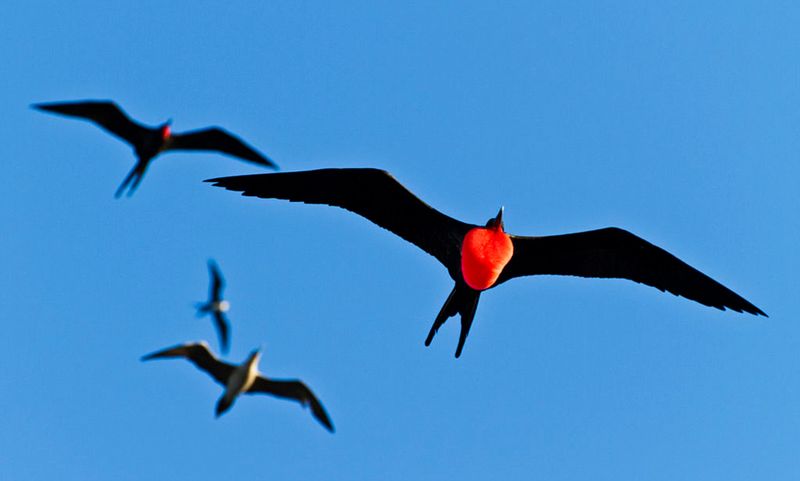
Some birds literally sleep while flying during long migrations. They rest one brain hemisphere at a time, keeping one eye open to navigate.
This unihemispheric slow-wave sleep allows continuous flight for days. Alpine swifts stay airborne for six months straight, eating, drinking, and sleeping entirely on the wing!
16. Changing Migration Patterns
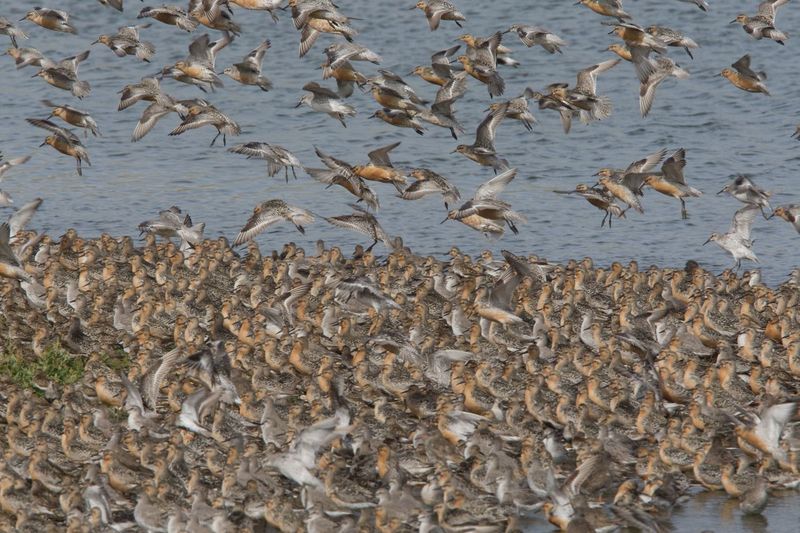
Climate change is reshaping bird migration dramatically. Some species now migrate shorter distances or skip migration entirely as winters grow milder.
Others face mismatched timing – arriving at breeding grounds after insect populations have peaked. These disruptions threaten species that have followed the same routes for thousands of years.

